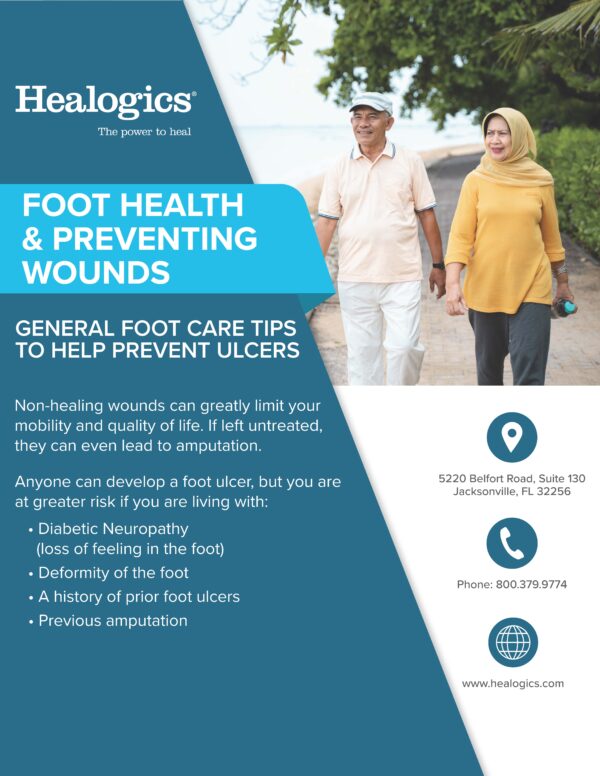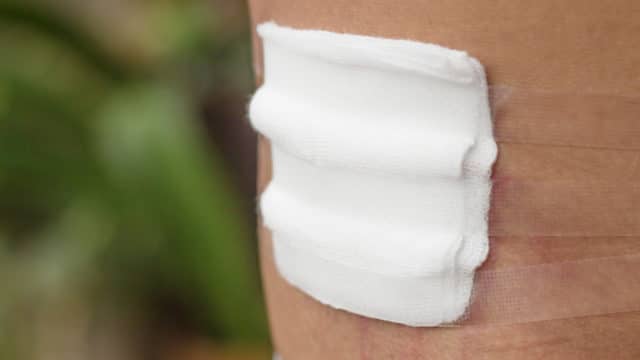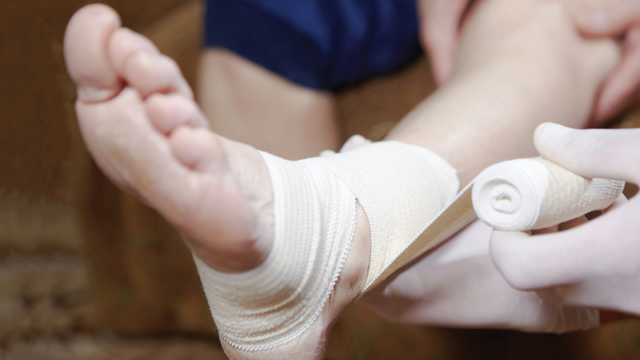Foot Wounds
Common Foot Wounds and Steps to Prevent Them
Nearly 7 million Americans are living with a chronic wound, and the feet and lower legs are at the greatest risks. Early identification of wounds is essential because the longer a chronic or non-healing wound goes without proper treatment, the greater the chance of infection, hospitalization or even amputation.
Common Types of Foot Wounds:
- Diabetic Foot Ulcer: May occur due to diabetes and complications of diabetic neuropathy. These sores can appear anywhere on the foot, but are most common on the big toes, balls of the feet or heels.
- Venous Stasis Ulcer: Caused by damaged veins. Most likely to occur on the ankle or leg area.
- Arterial Ulcer: Due to arterial insufficiency. These sores may occur between, or on the tips of, toes or on the outer ankle.
- Pressure Ulcer: Caused by lack of movement in the feet or improper shoes. Most commonly observed in the heels or ankle area of the foot.
Are you at risk?
Anyone can develop a foot ulcer, but you are at greater risk if you are living with:
- Diabetic neuropathy
- Diabetic neuropathy
- Deformity of the foot
- A history if prior foot ulcers
- Previous amputation
Basic Foot Health Guidelines:
- Don’t go barefoot indoors or outdoors.
- Look at your feet daily. Use a mirror to look for any open cuts or wounds and make sure to look between your toes. Ask a family member or friend to help if necessary.
- Wash your feet daily. Dry between your toes. Do not use powder.
- If your feet become dry, moisturize them. Spread a thin film of moisturizing cream or plain petroleum jelly on the soles of your feet while still damp after bathing.
- Take care not to get the cream between your toes. Don’t use garters or elastics to hold up your stockings.
- Don’t use panty girdles that are tight around your legs.
- Avoid getting your feet too hot or too cold.
Be sure to see your doctor for a foot checkup at least twice a year and make sure they know if you are a diabetic. Notify your physician or podiatrist if you develop a blister or sore on your foot.
If you or someone you care for has a wound that is not healing, find a Center near you today.




